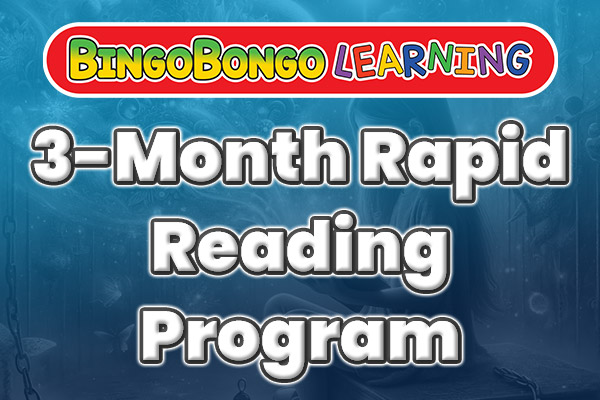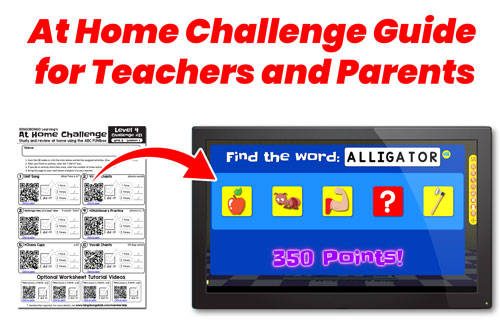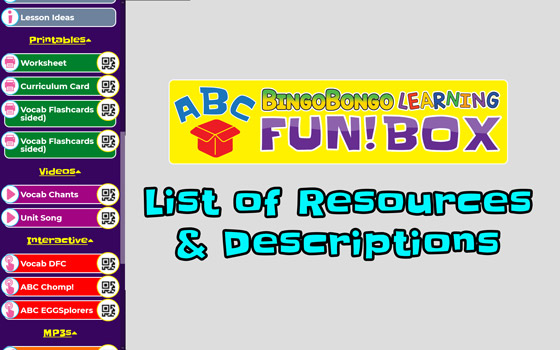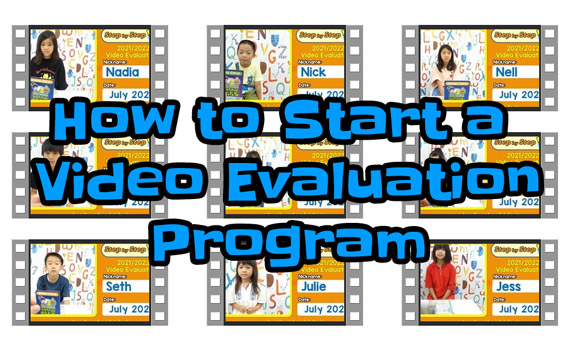
An Approach to Teaching EFL with Mixed-Ability Students Using the Stagger-Repeat Teaching (START) Method
What is the START Method and how does staggering ability levels and repeating classes benefit EFL/ESL students?
The START Method is a teaching method by Jeremy Lanig, founder and director of Step by Step Eikaiwa, which encourages peer-based learning by combining mixed-ability students in EFL classrooms. START stands for “Stagger-Repeat Teaching,” and this method of teaching has proven to be an effective teaching method for us, allowing for improved development in speaking and listening skills among young children learning English as a foreign language (EFL students) in Japan. This article will describe the theory behind the START Method, the benefits and challenges of using it, and practical applications of the method in the classroom.
The START Method is a teaching method based on a curriculum that can be repeated twice for a group of students, having a slightly increased level of difficulty the second time it is used. In traditional teaching models, students typically advance through a system of one-year grades without repetition. In the case of EFL education, however, there is a greater need for practice and review of studied material if there is a long interval of time between lessons or study. This is often the case for young EFL students in Japan who typically only study once per week as an extracurricular activity. The START Method can be thought of as having grades or levels which last for two years. If an EFL course is used for six years, then the START Method has three two-year levels, rather than six one-year levels.
The START Method also allows classes to have staggered levels of student ability in a grade, meaning new students can join the class with existing students each year. The first-year students are called “Juniors,” and the second-year students are called “Seniors.” This style of class is easy to visualize by thinking of a constantly moving escalator with only two steps, requiring two years to get from the bottom to the top. Juniors step onto the escalator in their first year, become Seniors halfway up the escalator when it reaches the second step, and complete the grade when stepping off the escalator. A unique characteristic of the START Method is that new students can get onto the first step of the escalator when it becomes empty after the previous Juniors have advanced to Seniors. A class based on the START Method is fixed in place, constantly repeating like an escalator, and students are regularly entering the class, studying for two years, and then moving to the next class, or two-step escalator.

Based on the ideas of second-language acquisition by Stephen Krashen, it is hypothesized that students can easily acquire language which is slightly more advanced (level i+1) than their current base of knowledge (level i). When a class is staggered using the START Method, it creates an ideal environment for Juniors (level i) to learn not only from the teacher, but also from the Seniors whose level is (i+1) relative to the Juniors. Seniors can also benefit in their second year through review and peer-based learning as they help teach the Juniors the language and concepts acquired in their first year.
The benefits of the START Method

The benefits of the START Method are clear. A classroom where students can learn from both their teacher and their peers is preferable for obvious reasons. It creates an environment reflective of how native speakers naturally learn their first language. When children play with other children and speak in their native language, it’s rare for students to all have the same level of speaking experience and same core vocabulary. Their speaking abilities, although similar, have variance which is ideal from the perspective of language acquisition. It can be argued that children learn faster by imitating their peers, and therefore, the teaching process is more effective when using the START Method. Creating an environment which allows for a slightly increased level of difficulty (i+1) is difficult to achieve in one-year classes commonly found in EFL classrooms, but this idea is built into the foundation of the START Method.
In addition, the START Method can be easily applied to an existing curriculum using context-based or task-based learning. An activity which is repeated in every lesson such as taking attendance, for example, can be more effective when carried out using the START method. When taking attendance, students learn expressions such as, “I’m here,” “He’s here,” and “She’s here.” If students haven’t studied these expressions yet, a teacher may have difficulty explaining how to do the activity. As a result, it may take several lessons before the students can understand and internalize the language. Using the START Method, Juniors, who are learning these expressions for the first time, can mimic their Seniors doing the attendance activity and immediately follow suit. It should be noted that the Seniors also learned this activity by mimicking their own Seniors in their Junior year. Thus, it’s a repeating cycle, much like an escalator.
Difficulties Applying the START Method

The most difficult part of applying the START Method is finding an ideal curriculum to use in a two-year course having staggered levels of student abilities. Students who study the same topics for two years may become bored, so the curriculum in the second year should have an appropriate increase in difficulty level. This can be achieved by giving the Seniors additional challenges or resources to further deepen their understanding of the language being reviewed from their Junior year. In the example of taking attendance, the teacher could ask the Seniors more advanced questions such as, “Where is he?” in response to the answer, “He’s not here,” which Juniors are expected to learn. A curriculum which has two different sets of worksheets or homework activities based on the same core vocabulary is ideal when using the START Method in the EFL classroom.
Practical applications of the START Method in EFL classrooms
Many teachers of EFL often rely heavily on flashcards and textbooks which are used linearly, providing little opportunity for review. To effectively apply the START Method, a curriculum must be able to be repeated for two years and use the same core vocabulary with a slightly higher level of difficulty for the Seniors. If students were studying new words starting with different letters of the alphabet (ant, apple, alligator), for example, Juniors could learn the words and focus on the uppercase letters and letter names. Seniors, on the other hand, could focus on using the words with various expressions (Do you like ants? Do you eat apples? Do you have an alligator?) and focus on learning the lowercase letters, phonics, and spelling. By keeping the target vocabulary the same for both years of a grade, the START Method allows the Juniors to learn the words more efficiently from the teacher as well as their Seniors. And since the Seniors already know the vocabulary from their Junior year, the phonics and spelling of the words can be taught more effectively with a deeper level of understanding.
Another example of an application of the START Method is teaching verbs and adjectives. Juniors can learn adjectives (hot, cold, big, small) and the present tense of verbs (run, jump, swim), while the Seniors can learn the comparative forms of the same adjectives (hotter, colder, bigger, smaller) and the present progressing forms of the verbs (running, jumping, swimming). The core vocabulary doesn’t change, but the teaching efficiency and the level of understanding that students can achieve greatly improves.
Although the START Method requires a curriculum which uses common vocabulary for two years, additional non-repeating material can also be introduced each year to disguise the repetitive nature of the method. A song of the month which is never repeated over a two-year period could be introduced every month to give Juniors and Seniors new, fresh materials to avoid a sense of stagnation.
Improving the future of EFL English education using the START Method

The START Method clearly has potential to improve the efficiency of English education by increasing the opportunity for peer-based learning and providing ample opportunity for review in EFL classrooms. Many of the frustrations and limitations associated with common teaching methods and resources in EFL classrooms can be overcome if curricula and teaching resources are designed with the principles of the START Method in mind. BINGOBONGO Learning’s EFL resources including the free BINGOBONGO Curriculum, FUN!books, Curriculum Cards, and A.S.K. Profile Cards have all been designed based on the START Method. If you have more questions about the START Method or how to apply it to your lessons, send us a message and we can help you get STARTed!

























